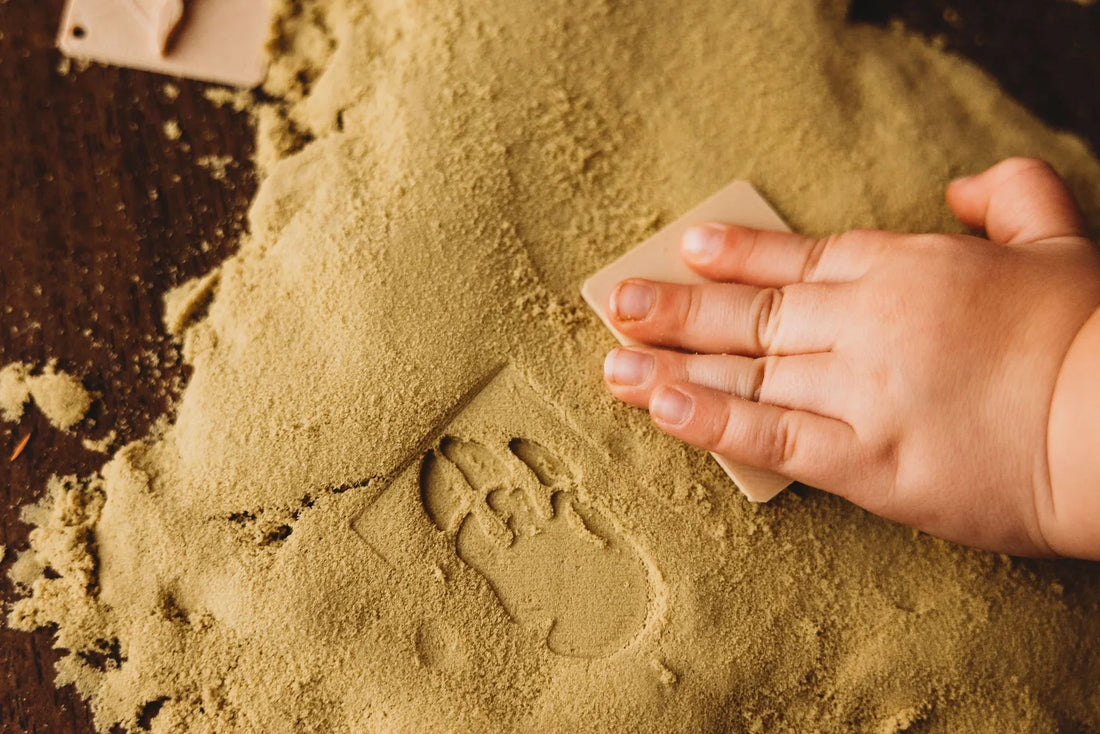Fine motor skills are like the building blocks for a child's future.
Fine motor skills are essential for everyday tasks like writing, buttoning clothes, feeding oneself, and using tools. Did you know that encouraging these skills from a young age can be both educational and fun? Activities that boost fine motor skills can be enjoyable and rewarding for kids. By incorporating these activities into playtime, you're helping your child improve their coordination and dexterity. Want to try some? Try something from the list below!
What are fine motor skills, you ask?
They involve the small muscles in the hands and wrists. These are the muscles that help children pick up tiny objects or play with toys. Developing these skills is crucial because they’re linked to your child's overall growth, both physically and mentally.
Now, let’s chat about sensory play.
It's all about activities that engage a child's senses—touch, taste, sight, sound, and smell. Whether it’s playing with dough or feeling different textures, sensory play is vital for fine motor development. It gets kids experimenting and using their hands in creative ways.
How does sensory play help?
- First, it teaches tactile exploration. Kids get to feel different textures, which helps them learn to control their grip and use their fingers better.
- Then, there’s hand-eye coordination. Pouring, scooping, and stacking can really boost this aspect of motor skills.
- Plus, working with various objects helps build the small muscles in their hands, which they’ll need for more complex tasks later.
- And don’t forget creativity—sensory play encourages imagination, sparking cognitive growth along with motor skills.
_______________________________________________________________________________________________
If you're looking for activities to try, how about creating your own sensory bins?
Fill them with things like rice or dry beans, add scoops and cups, and let kids dive in. It’s simple to set up at home or in preschool and can be themed with seasonal items for extra fun.
Play dough is another classic.
Making it is easy—I'll include a favorite recipe below. Once it’s ready, let the kids roll, flatten, and shape it. This not only helps fine motor skills but is also a great sensory experience.
Click Here To Download A Printable Recipe
Finger painting is a fantastic way to develop grip and dexterity.
Use non-toxic paints and big sheets of paper, and let the kids explore. Try recycling a shipping box or even the shipping paper inside - did you know you can use an iron to flatten it? Finger painting is unstructured, promoting expression, creativity and improving hand movements for writing later on.
Ever tried threading and beading?
Use large beads and laces or even pasta and buttons. Threading is precise work, boosting grip strength and hand-eye coordination. Spice it up by encouraging them to create patterns or designs.
Water play is always a hit.
Set up a water table or a basin with cups and small containers. Splashing and pouring water builds hand muscles and wrist use. Add sponges or toys for added fun.
A nature scavenger hunt can be both fun and educational.
Let kids collect leaves, pebbles, and flowers. As they pick up and handle these objects, they enhance their dexterity. Describe what they find to boost language skills too.
Stickers are an exciting way to work on fine motor skills.
Peeling them off and placing them requires precision and concentration. Challenge them to create shapes, patterns, or even stories with the stickers. Have you ever met a child who didn't love stickers?
To keep encouraging fine motor skill development, model these skills by showing kids how to use tools like scissors or utensils. Give them age-appropriate tools like chunky crayons or large LEGO blocks. Encourage independence by letting them dress themselves or help in the kitchen. Limiting screen time can also help, as it nudges kids towards hands-on activities. Lastly, set up a dedicated play space with changing materials to keep them engaged and excited.
By weaving these fun, imaginative activities into daily life, you’re not just helping your child’s dexterity but also fueling their creativity and love for learning. The joy they find in exploring through play will make learning an adventure. Make these activities a regular part of your routine, and you’ll watch your child's fine motor skills flourish as they play and learn.
_______________________________________________________________________________________________
We have the honor of working with an amazing, educated, and inspiring group of moms on Instagram! They each offer a unique perspective. If you want more ideas for play based learning and fun, go follow along with our friends:
Allison at @inspired_schoolhouse Eshy at @teachingbythemountains
Sami at @everydaywitheandj Neeta at @raisingmonkey
Kendra at @littlemyro Gyl at @where_the_wildlings_play
Ashleigh at @ashleighbarger_


